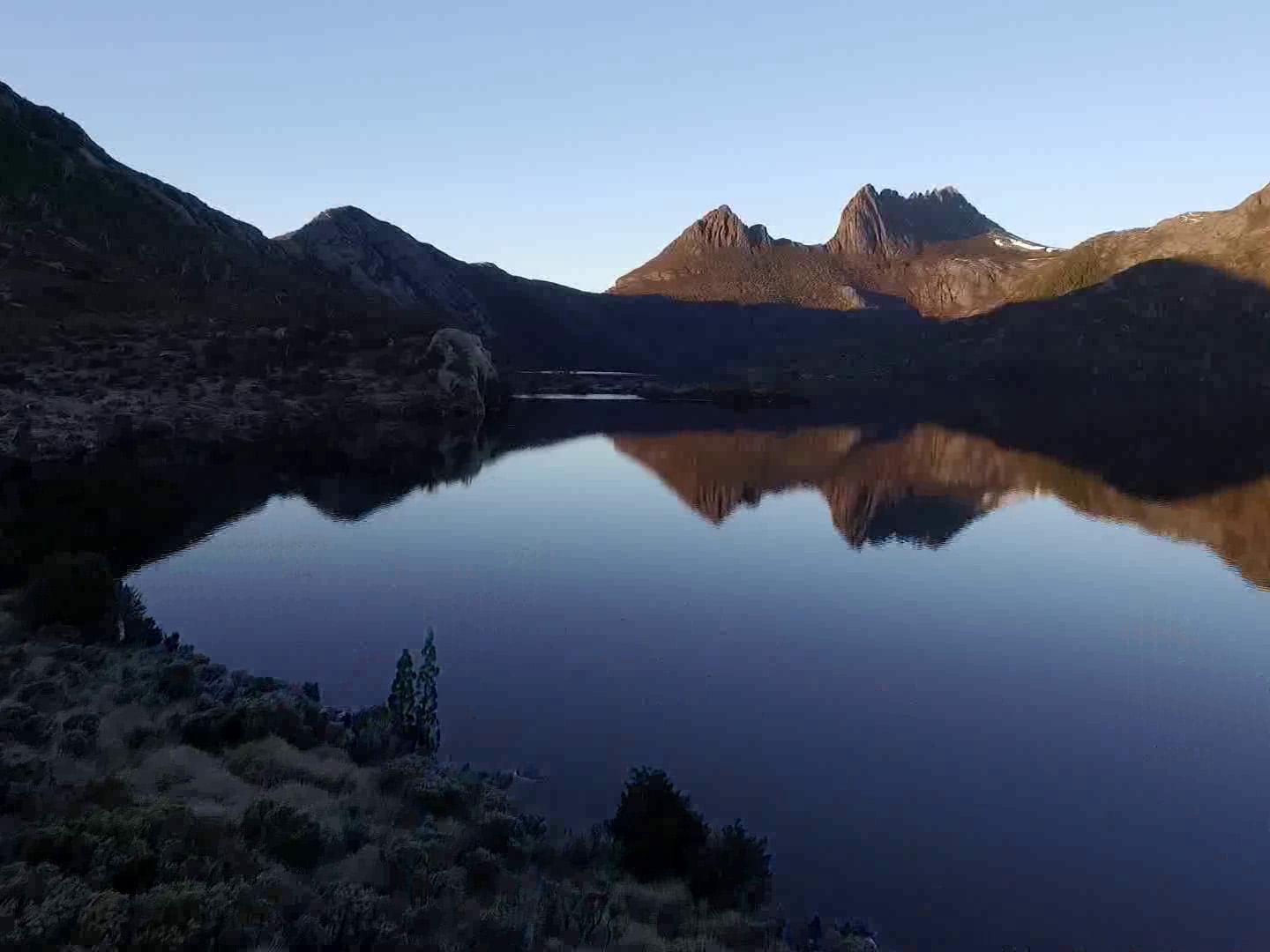Cradle Mountain Aboriginal Heritage
Tasmanian Aboriginal people have been part of this land for more than 35,000 years. Sometime during the last ice age, Aboriginal tribes crossed the land bridge spanning Bass Strait, becoming the most southerly-dwelling humans on Earth. When the glaciers retreated and sea levels rose around 12,000 years ago, Tasmanian Aboriginals became isolated from the mainland, developing a rich culture unlike any other on the planet.
Aboriginal societies in Tasmania are recognised as the most southerly-dwelling people on the planet during the last ice age.
Aboriginal sites in the Cradle Mountain-Lake St Clair National Park
Aboriginal habitation in the Cradle Mountain area has been dated from the end of the last ice age, between 10,000 and 12,000 years ago. Prior to European settlement, Cradle Mountain was the territory of the Big River Tribe.
It’s thought that Aboriginal people did not live in this challenging alpine environment permanently, but travelled to the area’s fertile, sub-alpine valleys during summer on seasonal hunting trips.
Aboriginal sites, or living areas, have been identified in Cradle Valley through the presence of stone tools, rock shelters or caves that show evidence of human use, and quarry sites where stone was sourced for tool making. Reports from early European settlers also describe well-constructed bark huts and evidence of burning vegetation to attract prey.
These living areas carry enormous significance to the Tasmanian Aboriginal community. For the world, they demonstrate the incredible adaptability and resilience of the human beings who lived here in isolation during the planet’s most recent glacial period.
The Aboriginal sites within Cradle Mountain-Lake St Clair National Park are evidence of tens of thousands of years of continuous history and connection with this land, and are wholly protected within the Tasmanian Wilderness World Heritage Area.

